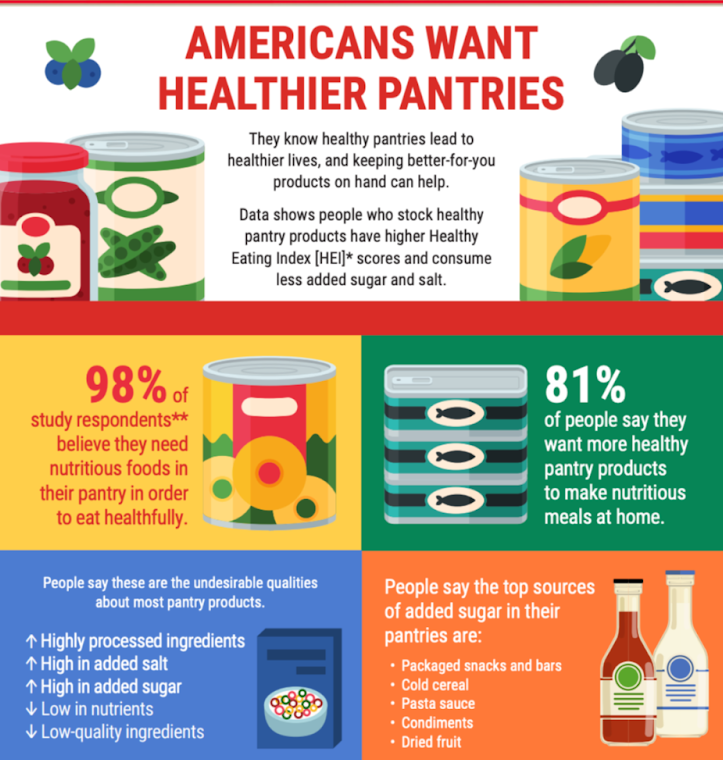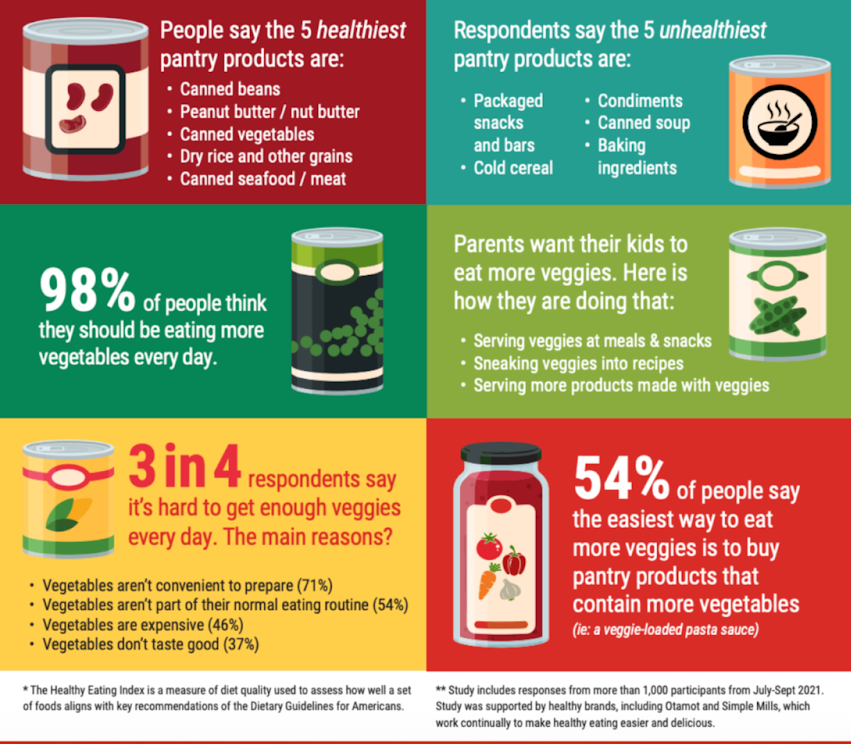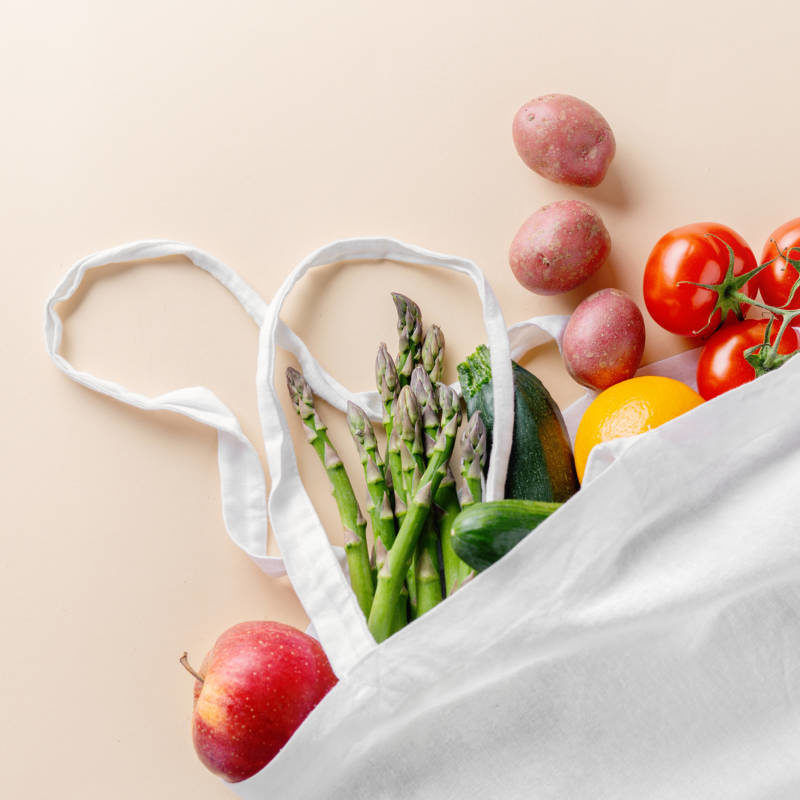-
85% of respondents say their typical pantry products are high in processed ingredients yet low in nutrients.
-
The majority of consumers believe the top sources of added sugar in their pantries right now include packaged snacks and bars, cold cereal, pasta sauce, condiments, and dried fruit.
-
98% of consumers say they should be eating more vegetables than they are right now, particularly parents wanting to incorporate more veggies into their children’s day.











